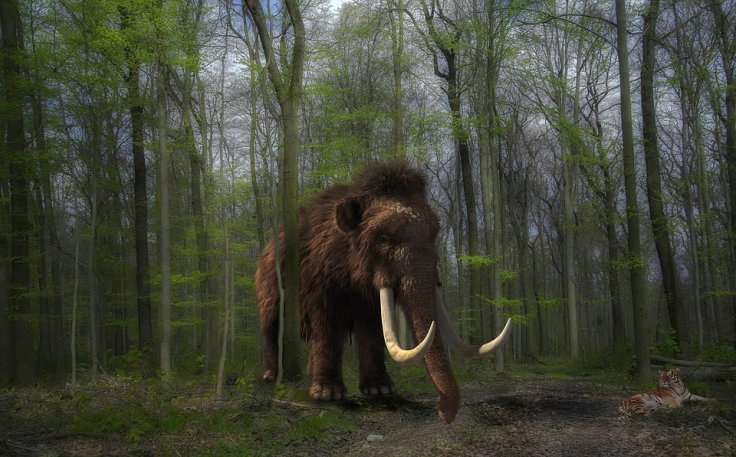
An excavation carried out by a team of researchers has discovered bones belonging to hundreds of mammoths in Mexico City. The remains of the mammoths were discovered from the same shallow lake where researchers discovered a dozen skeletons and human traps in 2019.
Researchers Overwhelmed by Discovery
Researchers at the National Institute of Anthropology and History who carried out the excavation are literally overwhelmed by the discoveries. They believe that more findings will be made by 2022 until the airport project in the area gets completed.
The researchers revealed that the region was once home to a lake known as Xaltocan, and it offered sufficient food for mammoths who often ate more than 300 pounds of food every day. Experts who took part in the study suggested that the newly discovered mammoths might have died after being trapped by mud in the ancient lake.
In 2019, researchers discovered human-made trenches in the area, and the new finding suggests that the pits were made to trap mammoths. The researchers also speculate that mammoths were once part of the human ancestors' menu.
"It's possible they may have chased them into the mud. They (ancient humans) had a very structured and organized division of labor" for getting mammoth meat. They used to think it was very chance, sporadic. In fact, it may have been part of their daily diet," said archaeologist Pedro Sánchez Nava who was a part of the research.
Will Scientists Bring Back Mammoths From the Dead?
A few months back, it was reported that Harvard University scientists were planning to modify elephant cells with frozen mammoth DNA which could help them to clone the giant beasts that went extinct more than 10,000 years ago.
Researchers who are part of the project revealed that they were planning to create a 20,000-hectare Ice Age safari park in a remote part of Siberia where the giant beings will roam around.









